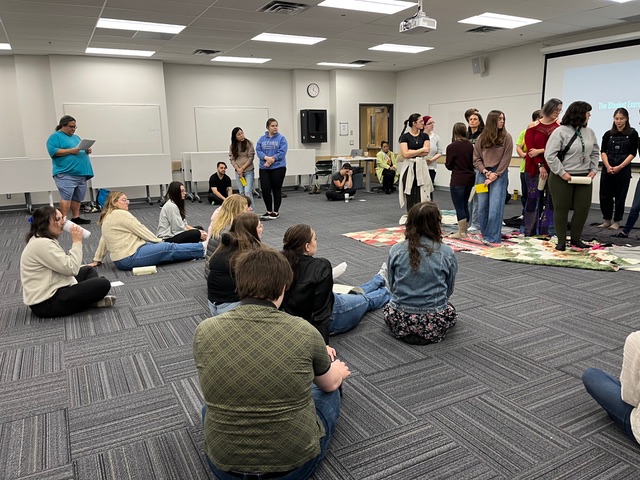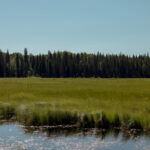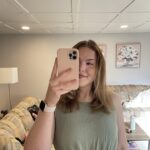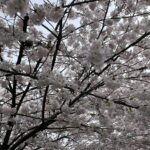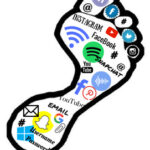On the morning of October 2nd, Dr. Daniel Sims joined our EDUC 405 course to lead us through the Blanket Exercise in honour of The National Day of Truth and Reconciliation.
For many of us in the room, it was the first time going through this exercise, and for me, it was the first time I had heard about it. We were told going into it that this exercise would be heavy and bring up many emotions which can be challenging to deal with.
After going through this exercise, I understood why we were given this warning. The exercise started with our group of 39 standing on blankets side by side, some of us with more room around us than others, representing the Indigenous people who were the first people in Canada. Dr. Sims and Christine Ho Younghusband led us through the exercise, and as they shared dialog with us, they exposed us to illness, settlers, the 60s scoop & residential schools, and slowly, the amount of us on blankets dwindled.
I was removed from the blanket exercise very early on along with half of the class from being killed by smallpox. Once you were removed from the exercise, you sat and watched as your colleagues were asked to step off their blankets, to give up half of their space, or to move to a different, yet smaller, blanket. These “asks” followed real historical events and the following repercussions of them.
When the exercise ended, there were ~15 people left standing on a blanket patch about one-third the size of when we started. While we had all been chatting and boisterous before the exercise started, our demeanor after completing the exercise had shifted. We were quiet, tucked away in our minds as we took in the facts and the outcome of the blanket exercise.
We can easily hear the facts and read the textbooks or articles about the devastation Indigenous people have gone through and feel as though we understand. However, for myself at least, this visual exercise helped me to understand the devastation Indigenous people went through, while this exercise was on an extremely small scale.
